In the Beginning – the primary years and where we lived
The 16th amendment to the US Constitution establishing the Internal Revenue Service and the Income tax had been in place for 16 years, when in 1929 a series of three events occurred to change the lives and circumstances of the entire country.
First: Ready or not, George Robinson (Bob) Barker (Me) showed up at approximately 2:30 AM on January 8, 1929, in Bridgeport Hospital in Bridgeport Connecticut, completely spoiling a coveted moose hunting trip my dad had planned for months (He let me grow up anyway). From the hospital he was transferred home at 5 Brooklawn Terrace. Soon after, the street number changed to 294.



Second: This second remarkable event was followed in two months by the arrival of Joyce Adel Edwards sometime during the night (isn’t everyone?) on March 20, 1929 in her room at home, 588 Toilsome Hill Rd. in Fairfield Connecticut (no darn hospital for her), and less than two miles from 5 Brooklawn Terrace (DI-1).
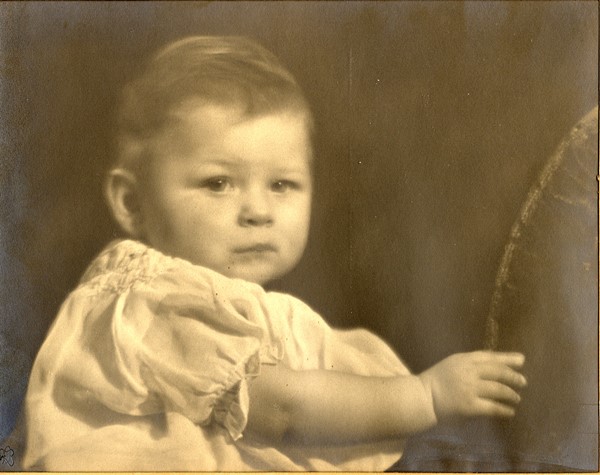
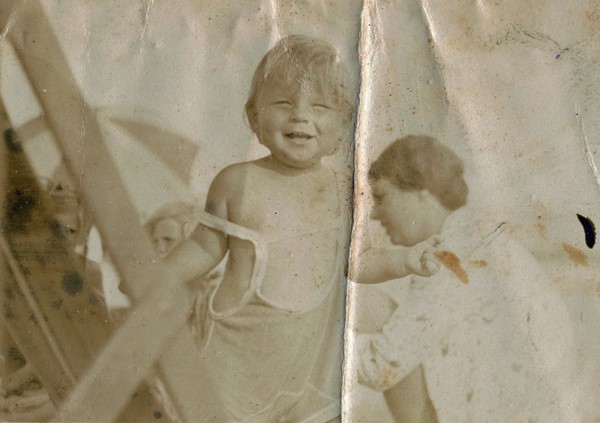
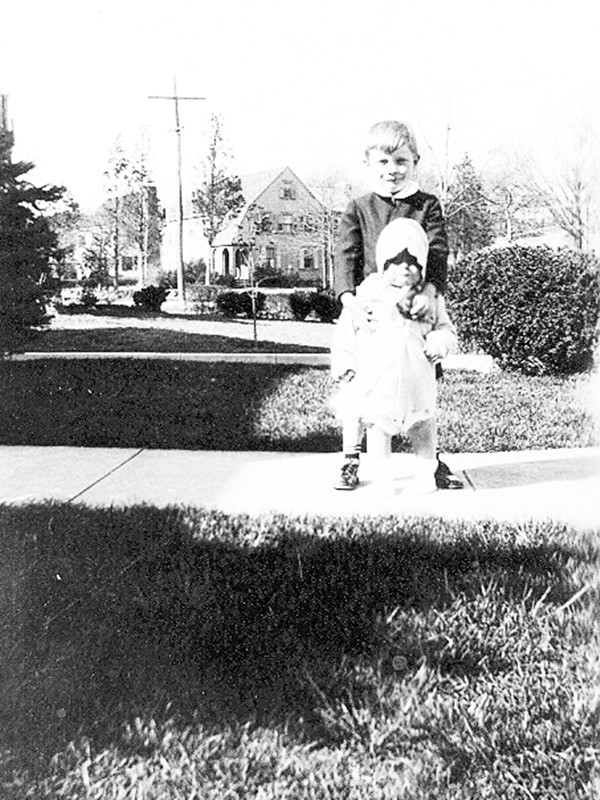
Both Brooklawn Terrace and Toilsome Hill Roads intersected (not crossed) the main North/South thoroughfare, Stratfield Rd. (CT Rt. 59), which was probably an old Indian trail (lowland, water, game,etc.). Rooster River ran just West and parallel to Stratfield Rd. and formed the narrow river bottom within which we both began our journey. While the distance varied somewhat, it was a good 300’ from the Stratfield Rd. right-of-way to Rooster River bank. From there another quarter mile or so before it banked up to the upland on top of which was located the Brooklawn Country Club surrounded by its golf course. To the East of Stratfield Rd., the bottomland ran about a half mile before lifting up to the eastern upland. Upon this upland ran Park Ave. a four-laned highway beginning to the south at Seaside Park on Long Island sound. Seaside Park is the largest of Bridgeport’s municipal parks covering the entire Long Island Sound waterfront from Bridgeport harbor on the East to Fairweather Island and lighthouse to the West. The park is entered at the end of Park Ave.through Perry Memorial Arch. Beach, campgrounds, ball parks and passive hiking and walking trails were featured in the park. Also featured were two significant statues: Elias Howe, the holder of the first patented sewing machine and with a shop in Bridgeport, and P.T Barnum (“there’s a sucker born every second”) of Barnum and Bailey Circus fame. Today the whole northeast quadrant of the park is occupied by the University of Bridgeport. As the name would imply, Seaside Park also had a magnificent beach representing Bridgeport’s longest shoreline of Long Island Sound (DI-2)

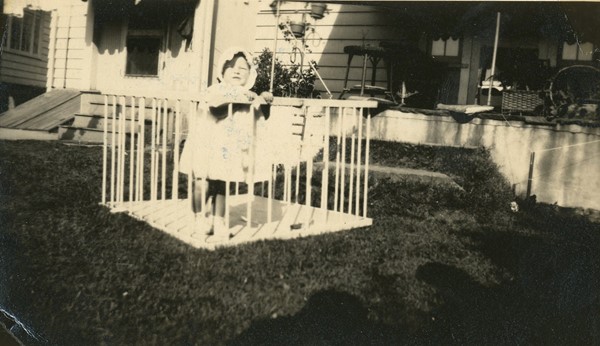
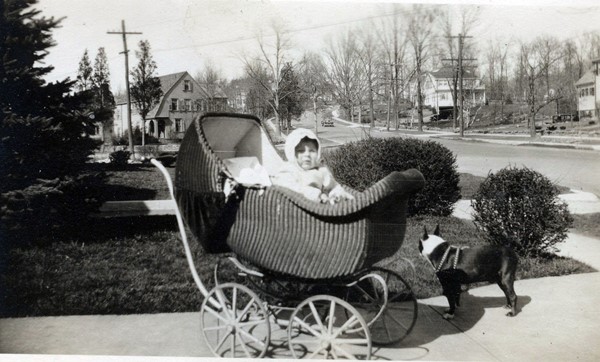
From Sea Side Park, Park Ave. ran North to the Merritt Parkway. Beyond that point it was reduced to a two lane country road called Park Ave Extension (the name may have changed since). Park Ave. ran parallel to Stratfield Rd. From Stratfield Rd., Toilsome Hill Rd. proceeded up said hill to intersected with Park Av. From tha point and moving South on Park Ave., a high-rise assisted living complex named after it’s address (30-30 Park Ave.) was located on the East side of the highway. This is where Bob’s Mom and Dad spent their twilight years. On the west side of Park Ave, Brooklawn Ave. entered at about 45⁰ running SW until it almost ran into Rooster River.


Geographically, we actually lived on the edge of a dissected upland as characterized by the word “Hill” in the name of many neighborhoods and streets: Viz.,Toilsome Hill, Greenfield Hill, Fairfield Hill, Tunxis Hill, Sasco Hill, Long Hill, Sport Hill, Hoyden Hill, to mention just a few. A mile and a half south of us, Stratfield Rd. became Brooklawn Ave. as it entered the rather narrow lower coastal plain of Long Island Sound. At that point, Rooster River made a 90⁰ turn east unded Brooklawn Ave. and then back south toward Long Island Sound. Drawing a straight line 45⁰ NE from that point would have intersected with the end of Brooklawn Ave (about ½ mile) that started at Park. Another ¼ mile south (of where Rooster River changed course) represented the southern limit of the Brooklawn Country Club’s golf course and the intersection of Capital Ave. entering from the east. This part of the golf course included a fair sized pond (Moody’s Mill Pond) and constituted the primary “fairway” for the par 3 15th hole. The pond was the graveyard for many golf balls, and other golf paraphernalia. The story was told of the guy who fired all his balls (24 of them) into the water, then threw his club and entire bag in after them, stalked back up to the club house and resigned his membership (sore loser, but somehow I empathize).
Greater downtown Bridgeport is located on this plain, and was and still is one of the State’s major manufacturing towns and shipping ports. It was here that my dad was employed by the Bridgeport City Trust Company. His main area of expertise was in real estate and land management. He (George Myron Barker 1899-1973) graduated from Yale University in the class of 1921. His first job out of college (as he would have put it) was selling jockstraps for the A.G. Spaulding Sporting Goods Company in Bridgeport. From there, he secured permanent employment at the Bridgeport City Trust Co. where he attained his final position as executive vice-president (DI-3).


Pop was an avid outdoor and sports enthusiast with interests in all four seasons. In the early spring it was “corn” * snow skiing in Vermont (usually). In late spring and summer it was fishing in most any river or creek within driving distance, and with the onset of fall, the shot guns and duck blinds were dusted off and well oiled for the hunting season. Finally with the coming of winter, was the real skiing season. That started for me at the age of four when my Uncle Fuller Leeds (Moms brother) took up the sport with vigor. He had become friends with an Austrian couple who were considered experts at the time. We were about the first families in our area to become involved in skiing. Very little of it was done in the late ‘30’s and early ‘40’s, but boy did it catch on. I had my first lessons at the age of 4 and it wasn’t pretty, but we persisted. One of the catalysts to its fast growth in popularity was the antics of the 10th Mt. Division in WWII. More detail of all this will be revealed as this retrospective unfolds.The town of Fairfield is also located on this lower coastal plain and served as a “bed-room” community to Bridgeport, New York (50 miles away), and the several towns, and cities between (Westport, Norwalk, Darien, Stamford, Greenwich, Port Chester, etc). The flat land also provided an ideal corridor for the railroad (New York, New Haven and Hartford line) and the Boston Post Road (U.S. highway 1) the first major North-South US highway running from Maine to Florida, dating back to stagecoaches and the Pony Express.
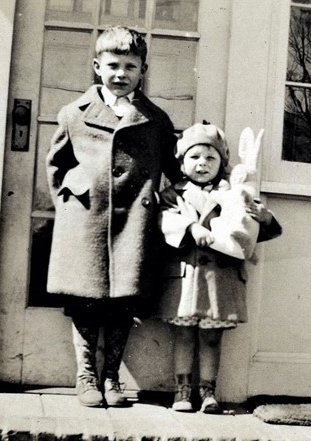

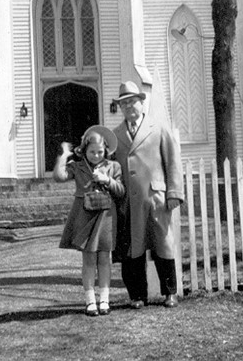
The Post Road connected all the major towns between Bridgeport and New York City 60 miles to the west. Connecticut has only 8 counties, and Fairfield County is one of the largest, and contains both Bridgeport and Fairfield. Bridgeport harbor was and is a major port in southern New England. The east bank of the harbor defined the edge of a peninsula called Stratford Point. There sat the unincorporated community of Lordship and Lordship Beach. It was there my Grand Mother and Father Leeds (Ma’s folks) had a house with beach access, tennis court and all. Thanksgiving dinners were often held there until they moved in the early ‘40’s. I specifically remember one of those dinners where we had a corn-on-the-cob eating contest in which my Uncle Fuller Leeds won hands down consuming 13 ears of corn.
Stratford Point was also the place of the only general aviation landing field in the Bridgeport area. It became famous in World War II as the home to multiple squadrons of fighter planes, and was the site of the Sikorsky helicopter plant. The first helicopter didn’t look or perform anything like the current versions, but they were an interesting curiosity at the time. Military hardware development was not confined to airborne applications but just the opposite environment beneath the sea. The extraordinary engineer Simon Lake, was known as the father of the modern submarine (prior to the nuclear era). His inventions and discoveries occurred between 1894-1933. His first practical submarine was on display in Bridgeport harbor for years (maybe still is). Most of the military manufacturing facilities are obsolete, or have merged and moved out of town. However, the airfield is still there, active and named the Sikorsky Memorial Field serving general aviation. Submarine manufacture and development have long gone from Bridgeport. Vought merged with Sikorsky (Vought-Sikorsky), then Chance Vought, and then United Technologies, and finally in 2015 merged with Lockhead Martin.
Other than general maritime traffic, the only other active sea traffic were the regular ferry boat trips made each day to various points on Long Island. One of the thrills of my early life was such a trip on the S.S. Richard Peck (Port Jefferson Ferry). As the name implies, it’s destination was Port Jefferson on Long Island, NY. That port had a light-house that served as a “bell weather” signal for us on the Connecticut side of the sound. Coastal storms and “nor’easters” were not unique and could be quite severe. As long as we could see the Port Jefferson light (Some clear-low humidity nights you felt you could reach out and touch it.) things would be OK. If you were to see only a very dim, or no light at all, stand by for trouble (DI-3).
The Depression Years
Third: Those two 1929 events (with the brief geo-mercantile history lesson) pretty much took care of the first quarter of the year 1929. What could possibly blemish those two positive events? The third major event that’s what. It was another national crisis of course, this one negative. October 29, 1929 will forever be known as “Black Friday” (not the day after Thanksgiving) but because the NY Stock Exchange crashed with a devastating effect on all families. Coincidence or dramatic example of cause and effect? We will let the reader decide as this saga unfolds. The interesting thing is it took another national crisis twelve years later (1941) to deflate the depression: the attack on Pearl Harbor and the beginning (for the US) of World War II. While the parents were at the very least inconvenienced, we kids moved on more or less oblivious to the economic stress. Two things stood out and affected us. Up until the mid-thirties, we had a family membership in the Brooklawn Country Club, where my pop enjoyed the golf, Ma, the tennis and me, the swimming pool and the knot hole into the women’s locker room. That last part didn’t last too long when one of my buddies looked through the hole and all he saw was another eyeball. It was plugged up the next day, and my buddy was virtually ostracized by all red-blooded boys of our age. As they say, “it’s the 2% that mess it up for all of us”. As hard as they tried, the folks just could not justify the cost of family membership, and it was dropped. In addition and a bit earlier, they had to sell their movie camera and projector, Because of that, we had no way of showing the 16mm film upon which many of my baby antics were captured. That (of course) is the reason for the lack of pictures documenting these early years of Bob’s life. (mercy and thank God). Far too much blackmail material there.
The glue that held us all together during these extremely difficult times (of course) was Ma. Elizabeth Leeds (1903-1987) was the second of four children born to Frances and Norman Leeds. She had three brothers: Norman (“Uncle Nub”) the oldest sibling was Sales Manager of Raybestos, the brake lining company still dominant in the marketplace. He and his wife Barbara (Aunt Barb) produced one child, a girl Betsy who was 2 years older than me. Given, when you are younger, age differences make a big difference, and though we saw each other a lot, we didn’t really pay much attention to each other. That of course changed as we aged. She married a guy by the name of Sam Haines and they moved to New Jersey. They had kids, but I lost track of them, and didn’t see Betsy again until a chance meeting at Ma’s assisted living facility, 30-30 Park Ave. circa: 1986. Our last meeting was at Dicks 50th anniversary as a professor at Yale in 1999.
My brother Dick died this year (2017) in August. Have no idea if Betsy is still perking or not, Ma’s oldest younger brother was Fuller (“Uncle Foo”). He was the director of the Savings and Trust department of the Bridgeport City Trust Co. His offices were on the other side of the building from Pop’s. He was the skier of the family and drew us all into the sport. He had Austrian friends who got him hooked. We all took lessons, with me at 4 years old. Fuller’s wife Muriel Reed was the daughter of D.M. Reed, the owner of the largest department store in Bridgeport (The D.M. Reed Co.). She was also an accomplished artist who specialized in vegetative sculpture called topiary practice especially on trees and shrubs. She was accomplished enough to have a permanent exhibit at the Washington D.C. Botanical Gardens (DI-4). Fuller and Muriel also had one daughter, Ellen. Joyce and I met her when she was 2 or 3 years old. This was in the mid 1950’s, and we remember how she cried when we left. Didn’t see much of her over the years either. Off to school at an early age. She also matriculated, married (and divorced), but was quite successful as a fashion designer. Sadly, she passed away early from cancer. Always a great loss when so young.
Ma’s youngest brother (Richard Lambert Leeds Uncle Dick), married Mary Louise Gilchrist from Bronxville NY, and soon after the marriage moved to Tucson AZ where he taught school (Tucson Desert School) through most of my growing up years. They moved back east where he served as marketing manager for a major baby food company, the name of which I don’t remember. I think they had three kids, but I only met Linda, the oldest daughter at Dicks 50th at Yale where sadly I found out about her mother’s passing. Mary Louise was a great person, outwardly up- beat and always full of fun despite a life-long affliction with Multiple Sclerosis (MLS)
Ma’s Dad was a successful and well-known industrialist in Bridgeport, and Ma was brought up in an upper-class style, which included a year of schooling in France, just outside of Paris. The depression changed all that when Grandfather Leeds lost his company and he took a position as the Director of Unqua School just up Stratfield Rd. from where Joyce lived. Grandfather Leeds had severe asthma issues and he and Grandmother Leeds reluctantly moved to Tucson AZ (low humidity) for the rest of his life. At that point, grandmother (Francis) moved back to an apartment in Black Rock.
Ma never forgot her experiences in France, and one of the great benefits she passed on to all of us was that of creating great soups from almost anything. Vegetables in those days were cooked on top of the stove in a pan of boiling water. No vegetable water was ever thrown out but saved for a future soup. I remember one night at dinner she remarked that the spinach water she had put in the fridge seemed to have disappeared. Turns out Dick thought it was soup and ate it, commenting on how flat it seemed to be. That brought a hearty laugh around the table, and forever labeled him by my dad as the “human garbage pail” (DI-4).
